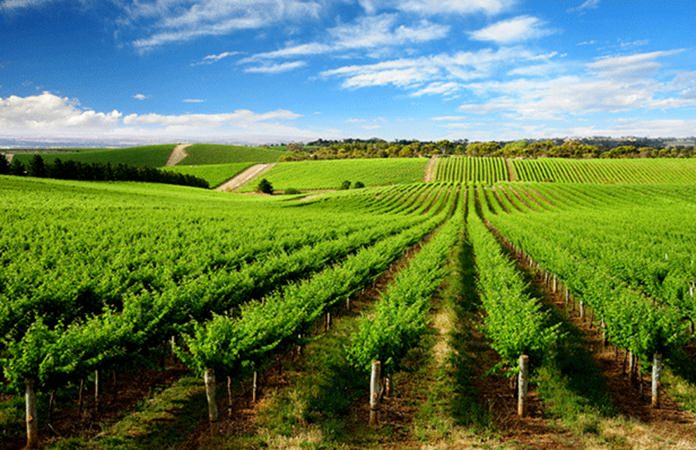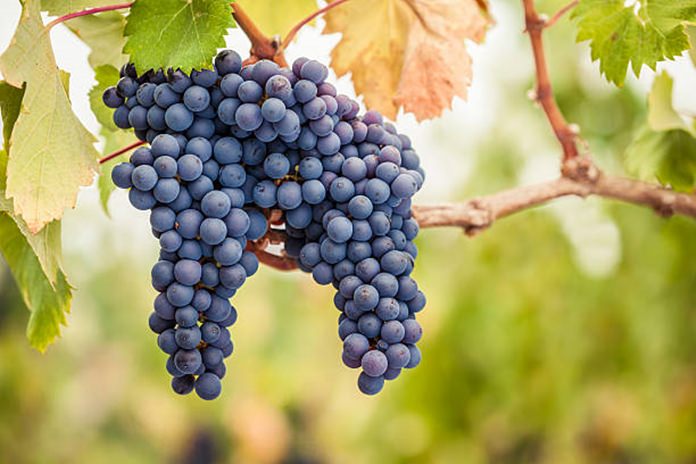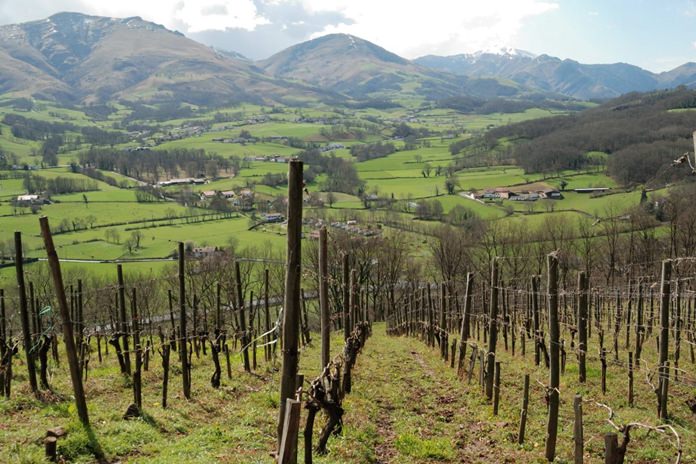
Some people – and evidently quite a few waiters – seem to believe that having removed the cork from a wine bottle, the bottle must then be allowed to stand for a couple of minutes to let the air get inside. Now if you give this a moment’s thought you’ll realize that it’s complete nonsense.
When a bottle is opened, only a tiny surface area of wine in the neck of the bottle – less than two centimeters in diameter – is exposed to the air. This is nowhere near sufficient time to make a significant difference to the taste. It’s far better to tip the wine into a decanter or wine jug. If there isn’t one, just pour it into the glasses and let it rest for five minutes giving it the occasional swirl.

There’s only one reason to wait for a few seconds before pouring the wine and that’s to let any residual sulphur dioxide escape. This chemical has been used in wine-making for centuries and on rare occasions there’s a whiff of sulphur dioxide when you open the bottle. It dissipates within seconds. Wine aeration is a bit of a battle-ground among wine experts. For example, Professor Emile Peynaud, the distinguished French enologist believes that any oxygen damages the aroma and you should pour wine straight out of the bottle into the glasses. In the opinion of British wine expert Hugh Johnson, most wines improve with aeration.
I nearly always pour wine into a decanter, unless of course it’s a sparkler. To my mind, wine seems to smell and taste better ten to twenty minutes after opening. If you want your wines tight and firm, pour them straight from the bottle but if you want them to open up a bit, pour them first into a decanter or wine jug. I use simple, plain decanters made of light glass, bought at the kitchen shop next door to Foodland. They come in a variety of sizes down to 25cl, which is a third of a bottle. If you are sharing a bottle with two other people, you can pour the entire contents into three 25cl decanters. This ensures that everyone gets a fair share and avoids unseemly fist-fights later in the evening.
Wolf Blass Chardonnay 2016 (white), Australia (Bt. 759 @ Wine-Now.Asia)
I expected the aromas of this rich, bright golden wine to really hit my nose but no, this is a lovely refined smell. If you give it a bit of time to develop, you’ll be rewarded with delicate reminders of citrus, melon, peach and fresh white flowers. Exactly what flowers I am afraid I have no idea. I am not too good on flowers, unlike my mother who could spot a Chrysosplenium alternifolium at three hundred yards. The mouth-feel of this wine is soft and silky with a lovely light, creamy texture which is often the hallmark of a decent Chardonnay (shar-dun-AY). There’s just the faintest touch of acidity which enhances the flavour and gives the wine a sense of firmness.
There’s plenty of rich white fruit on the palate and just a hint of oak but the makers have kept the fruit in balance. The long finish reminds me of peach and citrus. If you prefer Chardonnay with a bit of character, give this one a try. It works well with light, creamy pasta, seafood, chicken, roast turkey or pork. I’d be quite happy to drink this on its own all evening and so it seems, would the dogs. But that’s not going to happen, because for dinner they’re having beef chunks in a rich brown sauce. Cabernet Sauvignon will be much more appropriate.
Les Fumées Blanches Pinot Noir, IGP Pays d’Oc (red), France (Bt. 799 @ Wine Connection)
Let’s decode the label first. The trade name Les Fumées Blanches refers to the white morning mists which sometimes appear in the area. The abbreviation “IGP” means that this is a wine guaranteed to be from a specific area. The expression Pays d’Oc means that this is a southern French country wine. To be more precise, it’s from the Gers region in South West France not far from the Pyrenees Mountains. During the hot and dry summers, the vines are cooled by breezes from the Atlantic. Pinot Noir (PEE-noh NWAHR) is the traditional red wine grape of Burgundy but now has been adopted in wine regions all over the world.

This wine is a vibrant red and has an elegant aroma of dark berries, herbs, cherries and a dash of spiciness. In the background, there’s a kind of smoky, distant smell of woodland. Even though the wine is completely dry, you’ll probably notice the distinctive hint of strawberries and cherries. It has a very smooth texture, but there’s quite an assertive firmness on the palate. There’s a slight touch of acidity too and an exceptionally long, dry finish with a satisfying foundation of fine tannins. This is rather a serious and elegant wine with plenty of character and interest. If you enjoy dry, firm reds with a good balance of tannin, you could well enjoy this one.
Don’t just open the bottle and have a swig, because it takes a good thirty minutes for the aromas and taste to open up. Drink it cool as a perfect accompaniment to Beef Bourguignon, grilled meats, game or veal. It should work well with alpine cheeses like Emmenthal and Gruyère or even mature Camembert and Brie. And don’t forget to buy a few of those glass decanters next time you get paid. The small ones cost less than seventy baht each, and should last you for years. Unless of course, you manage to drop them.
 |
 |
 |





